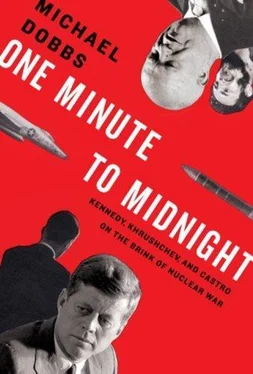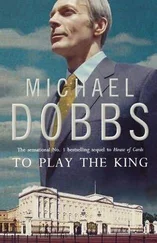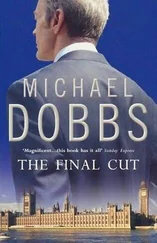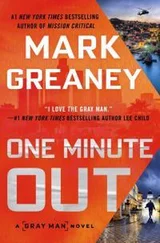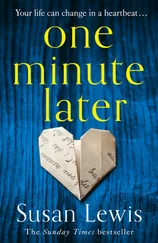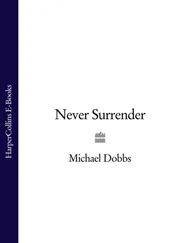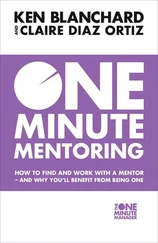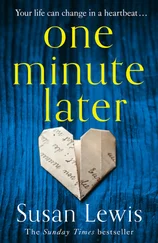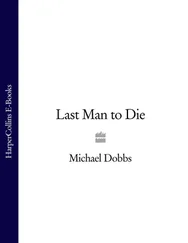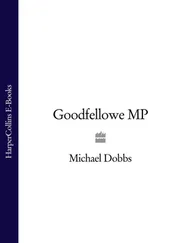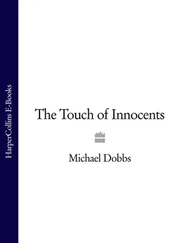Another pet Lansdale project was branding the Cuban resistance with the symbol “ gusano libre.” Official Cuban propaganda constantly denounced anti-Castro Cubans as “worms” (“ gusanos”). Lansdale wanted to turn this rhetoric against Castro, and encourage dissidents to see themselves as “free worms,” subverting the Cuban economy and political system from within through minor acts of sabotage. But the public relations campaign was a flop. Imbued with pride and machismo, Cubans refused to identify with worms, free or not.
Lansdale’s ideas for fomenting an anti-Castro rebellion through small-scale guerrilla operations backed by skillful propaganda were inspired by Castro’s own success in overthrowing his U.S.-backed predecessor, Fulgencio Batista. A student rebel leader jailed for two years and then exiled to Mexico, Castro had returned to Cuba by boat in December 1956, accompanied by eighty-one lightly armed followers. From their hideouts in the Sierra Maestra Mountains of eastern Cuba, the barbudos (bearded ones) had launched a peasant uprising against Batista’s fifty-thousand-strong army. By the end of December 1958, the dictator had fled and Fidel was the unchallenged ruler of Cuba.
Unfortunately for the Kennedy administration, there were many differences between Castro’s revolution and the one that Lansdale was attempting to engineer. Fidel’s victory was swift and spectacular, but it was preceded by a long period of preparation. Even before his exile, Castro had painstakingly laid the groundwork for an uprising, exploiting popular unhappiness with Batista, attacking an army barracks in Santiago de Cuba, Cuba’s second city, and using his own trial as a platform for anti-Batista propaganda. The energy and impetus for the Fidelista revolution came from within Cuba, not from outside. Furthermore, as a successful revolutionary, Fidel knew how to defend his regime against people like himself. Since coming to power, he had turned Cuba into a police state, full of informers and revolutionary watchdog committees.
And then there were the constraints imposed by the Kennedys themselves. They wanted a plausibly deniable revolution that could not be traced back to the White House. It was a fatal contradiction. Time and again at Mongoose meetings, Bobby would demand more “boom and bang” in Cuba, and then complain about the “noise level” of previous operations. What the Kennedys got in the end was a revolution on paper, complete with stages, carefully tabbed binders, dates for achieving different objectives, and an unending stream of top secret memos. By October, it was apparent that Lansdale and his fellow Mongoose operatives had no idea how to make a revolution. Unlike Castro, who had fought in the jungle and gone without food for months on end, they were bureaucrats, not revolutionaries.
The spirit of the enterprise was captured by a September 11 memo to government agencies from the “chief of operations” requesting updated information about their needs for “secure communications” and “filing space” in the Pentagon war room “in the case of a contingency” in Cuba. With military efficiency, Lansdale gave the agencies one week in which to respond. The State Department reply was typical: one classified telephone and one secure filing cabinet “will meet our requirements.”
Had Operation Mongoose merely been an exercise in self-delusion—“a psychological salve for inaction,” as Bundy later described it—it would have been relatively harmless. In fact, it was the worst possible foreign policy combination: aggressive, noisy, and ineffective. It was clear to anybody who paid attention to leaks in the American press and rumors in the Cuban exile community that the Kennedys were out to get Castro. There was enough substance to Mongoose to alarm Castro and his Soviet patrons into taking countermeasures—but not enough to threaten his grip on power.
It looked as if Kennedy was already forgetting a promise he had made to his predecessor after the disaster of the Bay of Pigs. “There is only one thing to do when you get into this kind of thing,” Eisenhower had lectured him, back in April 1961. “It must be a success.” To which Kennedy had replied, “Well, I assure you that, hereafter, if we get into anything like this, it is going to be a success.”
At the end of its first year, Operation Mongoose was shaping up as an almost perfect failure.
TUESDAY, OCTOBER 16, 4:35 P.M.
Jack Kennedy had been bracing for a showdown with the Soviet Union ever since he took his oath of office and publicly pledged that “a new generation of Americans” would “pay any price, bear any burden, meet any hardship, support any friend, oppose any foe to assure the survival and success of liberty.” He liked to carry around a slip of paper with a quote from Abraham Lincoln:
I know there is a God—and I see a storm coming;
If he has a place for me, I believe I am ready.
The storm clouds had long seemed most ominous in the divided city of Berlin, deep inside Communist East Germany. The previous year, the Soviets had erected a wall to stem the flow of refugees to the West, and American and Russian tanks had confronted each other directly across the narrow divide of “Checkpoint Charlie.” The Soviets enjoyed almost complete military superiority in Berlin, and there was little the United States could do to prevent the takeover of the city, other than threaten to use nuclear weapons. Instead, the storm had broken in Cuba.
Never had Kennedy felt quite so alone as he did now. Even before the missile crisis, he would obsessively calculate the chances of nuclear destruction, like a bookie calling a horse race. At a dinner party that evening, he would startle other guests by announcing that the “odds are even on an H-bomb war within ten years.” Only a handful of his closest aides knew how much closer the nightmare had come in the last twenty-four hours. He had earlier thought there was a “one-in-five chance” of a nuclear exchange.
He had one public appearance that afternoon, a foreign policy conference for newspaper and TV editors at the State Department. The tone of his speech was unusually bleak. The major challenge facing his presidency, he told reporters, was how to ensure “the survival of our country…without the beginning of the third and perhaps the last war.” He then pulled a slip of paper out of his pocket and recited a verse that reflected his determined, solitary mood:
Bullfight critics row on row
Crowd the enormous plaza full,
But only one is there who knows
And he is the one who fights the bull.
TUESDAY, OCTOBER 16, 6:30 P.M.
Back in the White House for an evening meeting with his advisers, the president activated his secret recording system from his place at the center of the Cabinet Room table. Microphones hidden in the wall behind his chair relayed the voices of everyone in the room to reel-to-reel tape machines installed in the basement. Apart from Kennedy, Bobby, and the Secret Servicemen who operated the sophisticated equipment, nobody knew about the devices.
Khrushchev’s motives in provoking a superpower confrontation were “a goddamn mystery” to Kennedy. “Why does he put these in there?” he asked his aides. “What is the advantage of that? It’s just as if we began to put a major number of MRBMs in Turkey. Now that’d be goddamn dangerous, I would think.”
“Well, we did it, Mr. President,” Bundy pointed out.
Kennedy brushed Bundy’s observation aside. In his mind, there were clear differences between Cuba and Turkey. The United States had agreed to provide Turkey with medium-range ballistic missiles similar to the Soviet R-12s now being deployed in Cuba back in 1957. They had become fully operational earlier in 1962. The lengthy public debate among NATO countries over the dispatch of missiles to Turkey contrasted with the secrecy surrounding the Soviet missiles in Cuba. Even so, the Turkey analogy was an uncomfortable one for Kennedy and his aides. It was possible that Khrushchev was acting out of deep-seated psychological pique. He wanted to give Americans a taste of their own medicine.
Читать дальше
